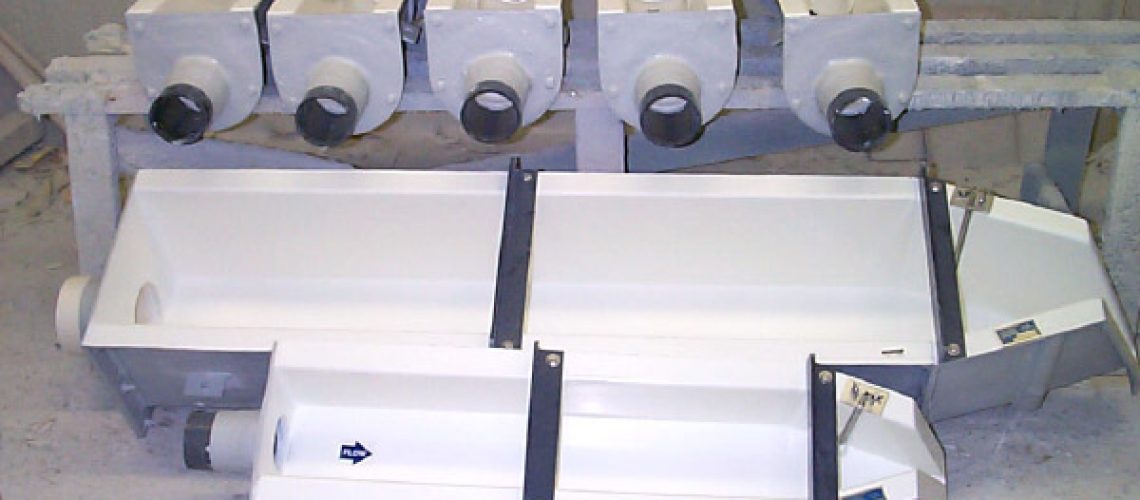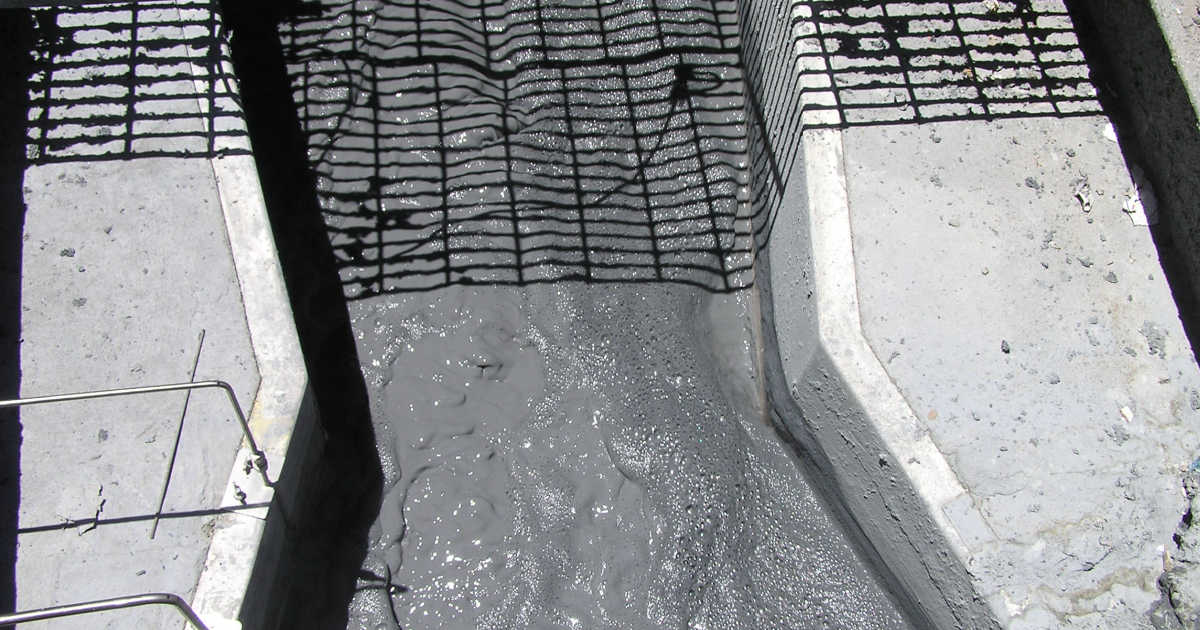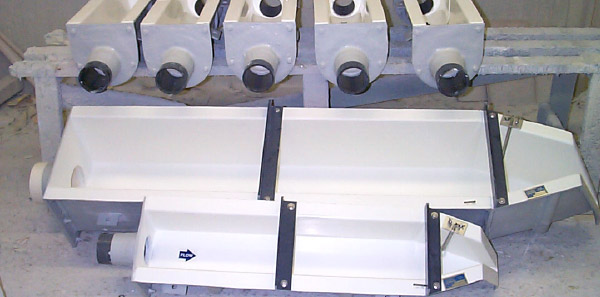Measuring open channel flows is a necessary part of water management in a wide variety of applications. To properly understand what’s involved in flow rate measurement, it’s important to understand the history behind it and see just how far we’ve come thanks to countless years of advancement. Learn how to measure open channel flows and discover how you can make your efforts as efficient as possible.
Timed Gravimetric
Time gravimetric measurements are among the more simple options available, and their use is quite limited. This kind of measurement involves allowing water from an open channel to collect in a container over a certain period of time. The container is then weighted to determine the volume of water within. While this can be fairly useful for small streams, it’s impractical for massive open channel systems. Even with just small streams, it only represents a brief moment of flow conditions.
Tracer Dilution
Another method, known as tracer dilution, involves exactly what the name would suggest. A tracer fluid is added to the flow stream, and the degree of dilution is then examined downstream to determine the discharge rate. This is particularly useful if you don’t want to bother with flow channel geometry. Tracer dye is also notably affordable, so it’s certainly one of the more economical solutions. If the open channel is turbulent and relatively small or medium-sized, this method doesn’t really produce accurate results.
Manning’s Equation
Manning’s Equation is a complex method of measurement that involves estimating the average velocity of an open flow channel. It uses the cross-sectional average velocity as part of the equation along with the channel slope, roughness coefficient and hydraulic radius. Part of the equation involves applying the Gauckler-Manning coefficient, which is notably hard to pin down since the value can vary quite a bit along just about any given stretch of an open channel. Because of this, measurements tend to have a degree of error of +/- 25-30% in the field at the best of times.
Hydraulic Structures
The best way to measure open channel flows that we have today are hydraulic structures like flumes and weir boxes. Not only do they manage the flow, but they also provide clear, fixed geometry to which tested and proven equations can be applied. Under free flow conditions, a single point of measurement is all that’s necessary to eventually determine what the flow rate of the channel is. Even when certain hydraulic structures are submerged, you can still get accurate measurements when you take a second point of measurement downstream and adjust the equation.
Hydraulic Structures From Tracom
Now that you know how to measure open channel flows, it’s time to make sure you get the accurate measurements you deserve. At Tracom, we offer a wide variety of solutions, including flumes and weir boxes. Our team will work with you to craft the perfect solution for your unique open channel flow application— a solution that’s made from high-quality fiberglass that can adapt to any dimensional needs. Contact us today to get started!





